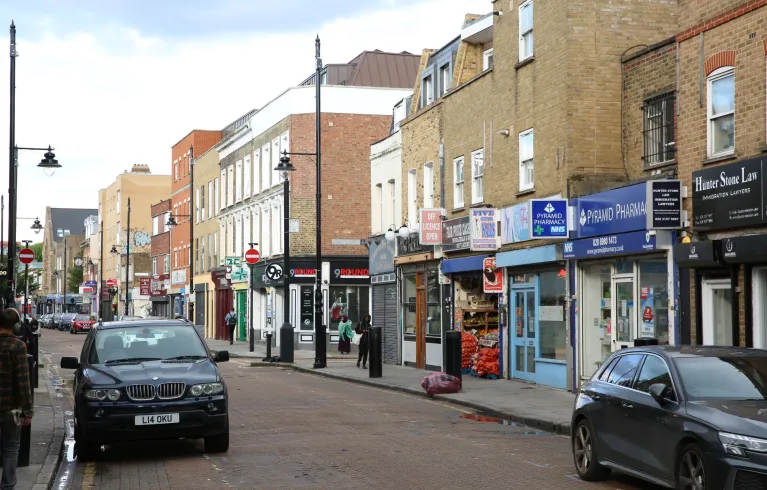
Key information
Publication type: Current investigation
Publication status: Adopted
Publication date:
Contents
4 sections
Introduction
The London Assembly Transport Committee is investigating road space, driving and congestion in London.
Investigation aims and objectives (Terms of Reference)
The Mayor’s Transport Strategy states that 75 per cent of congestion is caused by too high demand for limited street space, and that this congestion cannot be solved through traffic management alone. This investigation will examine progress made towards the Mayor’s transport targets and the impact of congestion and how road space is used are affecting that progress. It will look at:
- how the use of road space and driving patterns is contributing to congestion on the TfL Road Network, and how this differs in different parts of London.
- how to tackle the tension between reducing traffic and reducing congestion.
- whether London’s limited road space is being used in a way that best serves the public.
- how effectively TfL and boroughs allocate road space to best support the efficient, inclusive movement of people and goods, reduce congestion, and improve fairness for Londoners, sustainability, and economic activity.
- why Londoners are choosing to drive over other modes of transport and the role motor vehicles play as part of London’s transport network.
Key issues
- Responsibility for managing London’s road network is shared between TfL, Highways England and London boroughs. TfL manages the TfL Road Network (TLRN), also known as red routes, which makes up 5 per cent of London’s roads but carries up to 30 per cent of the traffic. Highways England is responsible for the national motorway network, and London boroughs manage all remaining roads within their boundaries.
- London was named the most congested city in Europe in INRIX’s 2024 Global Traffic Scorecard. It found that London accounts for approximately 50 per cent of all UK traffic daily, and that in 2024 the total cost of congestion to London was £3.85 billion, averaging £942 per driver.
- Cars and taxis (TfL categorises these together) made up 76 per cent of motor vehicle miles in London in 2024, with light commercial vehicles making up 16 per cent and heavy goods vehicles 3 per cent. Levels of road traffic are highest in Outer London boroughs, with Hillingdon recording the highest level of traffic in 2023 and Islington recording the lowest (excluding the City of London). In 2024, the majority of traffic in London, 59 per cent, was recorded on ‘A’ roads.
- In 2024, the most common purpose for travelling in London was leisure, accounting for 25 per cent of all trips. This was followed by commuting, 18 per cent, education or escort education, 17 per cent, and shopping, 17 per cent.
Key questions
- What impact is congestion having on Londoners and London’s public transport network?
- Why are people choosing to drive over other modes of transport?
- What impact does freight have on congestion levels in London? How could this impact be managed while ensuring facilitating essential freight journeys?
- How does TfL assess the impact of road layout on different users and on congestion before implementing changes?
- Is any transport user group being disproportionately impacted by current congestion or road layouts?